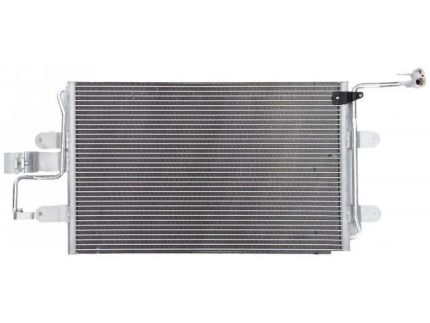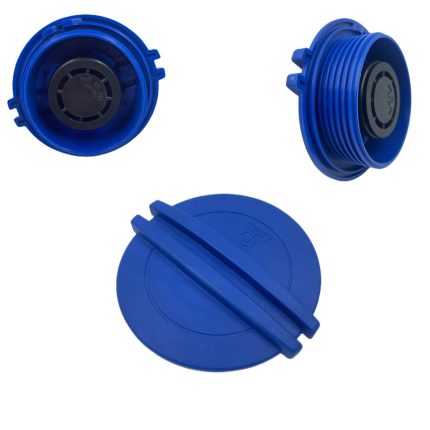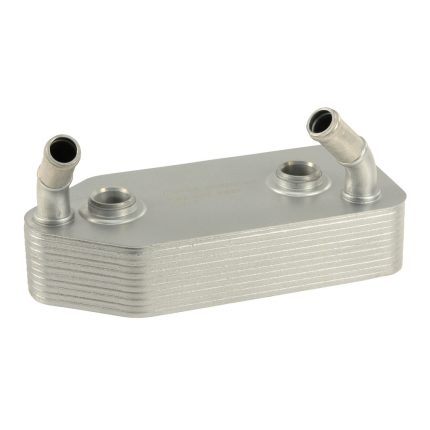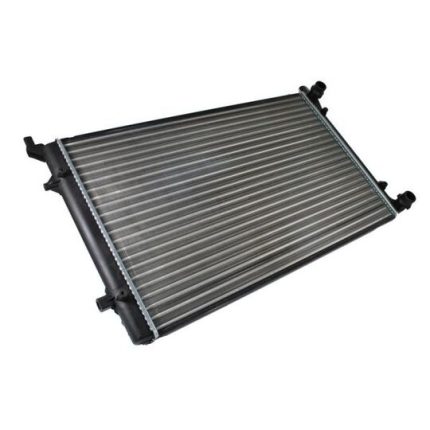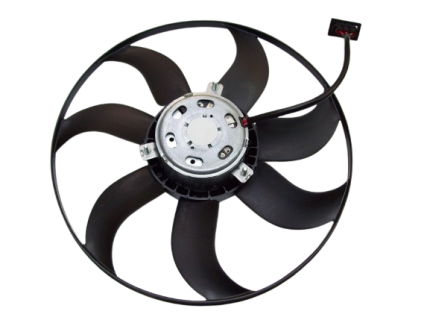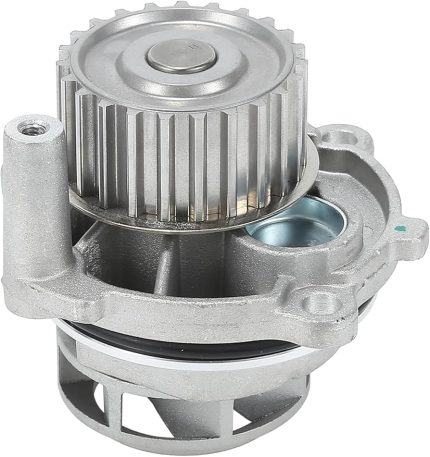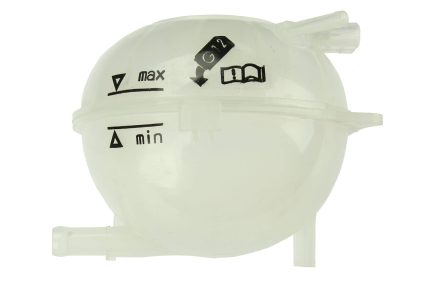The condenser is in front of the car’s radiator, and basically does the same thing as the radiator: it uses the air flowing through it to cool the refrigerant. The hot refrigerant, which is normally a gas, condenses into a liquid as it cools.
Radiator
The radiator is an essential part of a car's cooling system that helps regulate the engine's temperature and prevent damage. It works by venting excess heat away from the engine through a process of releasing coolant and water, absorbing heat and then cooling it down with air from outside the vehicle.
Radiator Fan
A radiator fan is the device that moves air through the radiator core to cause a cooling effect. When the engine is running, it produces a lot of heat. The heat can exceed the temperature levels of the engine if unchecked. If that happened, several components would get damaged, most of them permanently. An overheated engine could also ruin the radiator.
Water Tank
A coolant tank acts as a regulating component to the excess coolant that’s produced from the heat in your engine. As the warmth rises, coolant expands and overflows into the coolant reservoir and is then sucked back into the radiator as your car cools down after shut-off. Your vehicle relies on your coolant tank to readily accept the excess coolant with each cycle, and a crack or leak means constant replenishing and the possibility of overheating your engine.


